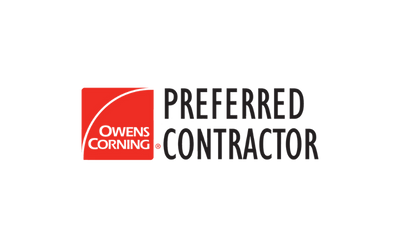Servicing all of Florida
Call us today
for a FREE quote
South Florida
(786) 379-5843
Tampa Bay
(727) 351-2697
Licensed & Insured
CGC1532474
CCC1331844
6 Steps of the Residential Construction Process
The residential construction process is complex. As we know, there are many facets to consider when constructing a new home, from the initial design to the permits to the construction itself.
However, the residential construction process can be much easier with the help of a good construction management team.
Residential construction managers oversee the whole process. Having a good construction manager on your team is essential if you plan to build a new home. With their help, you can avoid common mistakes, stay on budget, and ensure that your home is built to your specifications.
This article will walk you through constructing a residential home from start to finish.
Let’s continue!
What is a Construction Process?
It begins with a bid and ends with a job well done. What’s the big deal about the construction of a new building?
Establishing a strategy and then implementing it is the key distinction. A shrug and the statement, “Yeah, I guess I got the point,” would not be appropriate responses to the plans you were about to discard.
Building a residential house faster and at a lower cost is possible if you stick to the design. As you can see, there are six primary sections:
- Conception.
- Design.
- Pre-construction.
- Procurement.
- Construction.
- Post-construction.
6 Steps of the Residential Construction Process
Conception:
A project’s conception, or planning and development, is an important step in the building process.
When a customer imagines the structure or facility they want, this is known as “visioning.”
Ideas are most malleable during conception, yet they also provide the groundwork for further development.
Design:
If your client’s dreams are unrealistic, the design process is where they come together with reality.
A design or a plan is drawn up once you’ve managed to be practical without shattering your client’s aspirations and goals.
Preconstruction:
Preconstruction is now underway. We’re in the “getting ready to construct” stage.
Accepted a proposal from a contractor and instructed them to get started on the work.
Procurement:
Purchasing is the next phase in the building process, and it’s the most basic one.
Procurement is the process of procuring all of the materials and equipment used in the project’s building.
When you go grocery shopping for a meal, you need everything you need and someone to help you put it all together.
This entails securing the personnel, tools, and supplies needed to complete the project in the construction industry.
Construction:
So, are we all set to get to work on building something?
Getting down and dirty is the first step. Then comes the concrete. Then comes the bending and welding. Having made it from paper (or a CAD drawing) to the real world, the project may go on to the next phase.
There are more functioning pieces and deadlines to coordinate in this phase than in any other. For the project to succeed, all contractors and subcontractors involved must arrive on time and adhere to the schedule.
Post construction:
Everything has been constructed, but your work is far from complete. Everything must be inspected now.
During the final walkthrough, an inspector ensures that everything has been completed properly. Finally, a certificate of significant completion is issued by the architect.
The best is yet to come. As soon as the last government inspection is complete, everyone’s nails are biting.
You won’t be finished until the final government inspection is complete. Everything must be shut down, and everyone must be sent home.
Final Verdict
The construction process is complex. Do you need a risk-free residential construction service? Contact R&D Roofing for the best outcome.
WE ARE CERTIFIED IN THE FOLLOWING COMMERCIAL ROOFING SYSTEMS






